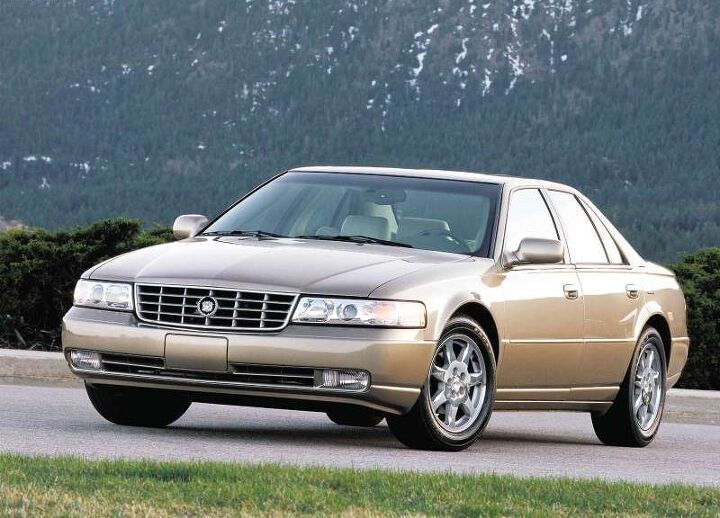#BuyDriveBurn
Buy/Drive/Burn: Big Ticket Convertible Time In 2009
Last time on Buy/Drive/Burn, we perused three rear-drive, metal folding roof convertibles from 2010. But some of you seemed less than pleased with the convertible trio. Sad!
Keeping this in mind, today’s Buy/Drive/Burn ups the ante with three more convertibles, each costing over $90,000. Today’s convertibles sport luxury makes, rear-drive, and large engines to match their price tags.
Buy/Drive/Burn: A Large, Front-drive Luxury Party in 1999
The other day, among the urbane, informed chatter happening in the TTAC Slack room, Adam Tonge suggested a little Buy/Drive/Burn trio to me. The year is 1999, and the subjects are full-size luxury sedans of the front-drive and comfort variety. Lincoln, Cadillac, and Chrysler are all represented, all wearing their conservative, double-breasted suits.
Come along, and select your turn of the century American luxury sedan.
Buy/Drive/Burn: Midsize Luxury SUVs From the Year 2000
The year is 2000, and a whole bunch of people have just recovered from an unnecessary panic over how computers worldwide would tackle the date change from ’99 to ’00. Crisis averted, and with Nokia candy bar phone in pocket, they headed to dealerships to buy midsize luxury SUVs with their newfound Dot Com cash.
Which millennium-mobile gets the Buy?
QOTD: What Cars Would You Like to Set on Fire? (A New TTAC Series)
Today we have a dual-function Question of the Day. The primary function will be informative; detailing an upcoming new series here at TTAC and explaining how it all works. The secondary function is to solicit ideas from you, our dear readers, for said new series.
By now you’re undoubtedly intrigued, so keep on reading.



















Recent Comments